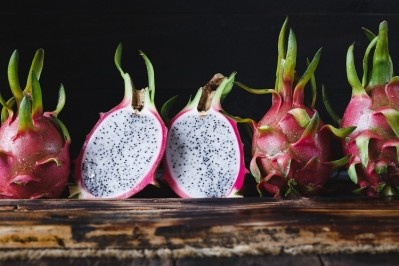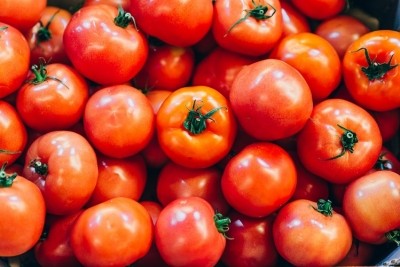Pectin and carotenoids: Argentinean researchers find functional use for discarded carrots

Manufacturers traditional use mineral acids at low pH and high temperatures to extract pectin from plants. Researchers at the University of Buenos Aires and the Instituto Nacional de Tecnología Agropecuaria argue that this is an energy-intensive process, and posited that using cell wall degrading enzymes (such as cellulases and hemicellulases) at lower temperatures is a more environmentally friendly procedure.
To test this, they used carrots discarded for aesthetic reasons to extract pectin and carotenoids.
“In Argentina, carrots are grown in 7,000 to 9,900 hectares, supplying the domestic market and with a surplus that is exported,” they explained.
However, they estimated that 25–30% of all carrots are out-graded in the farms after being checked by photographic sensor machines searching for defects.
“Carrot by-products are rich in beneficial substances, especially bioactive compounds with antioxidant activities,” they added.
Carrots had higher pectin yield than other vegetables
In their lab, they extracted pectin and carotenoids (types of antioxidants) from carrot roots (Daucus carota L. var. Nantes) harvested in Mendoza province, the main carrot producing province in the country. They use carrots that were discarded after harvesting because of their irregular shapes or sizes.
They found that using cell wall degrading enzymes and ultrasounds allowed for a high yield of pectin extraction, as well extraction of the antioxidants alpha- and beta-carotenes, lutein, and alpha-tocopherol.
“Cellulase was the enzyme that per se produced a significant increase in the yield of extraction, at 12.4%,” they reported. They also found that pre-treatment with ultrasound before extraction was necessary to increase the yield of extraction.
In contrast, similar experiments conducted on other vegetables—pumpkin and red beet—returned a lower yield (between 3.0% and 7.3% of pectin-enriched factions).
Pectin, please!
Pectin is a major component of the cell walls in all plants that grow on land, carrots included. It’s a hot commodity these days among product formulators, as it fits in perfectly with the rise of consumer interest for all things plant-based.
Pectin is often used by gummy manufacturers to substitute pork-derived gelatin, creating gummies suitable for consumers who follow a vegan, vegetarian, Kosher, or Halal diet.
A report in Functional Ingredients by Italian and Portuguese researchers noted that the pectin market has been growing continually since 2005 as pectins replace other hydrocolloids.
In 2015, the average price of pectin exceeded US$15 per kilogram. The market, exceeding 60,000 tons, was valued around US$ 1 billion.
“The traditional usage as stabilizer is being complemented by the emerging utilization of pectin as a fat replacer and health-promoting functional ingredient because it is soluble dietary fiber and prebiotic,” the researchers wrote.
“The European Food Safety Authority (EFSA) has recognized in 2010 the scientific validity of nutrition and health claims regarding pectin as a nutritional supplement in the reduction of the post-prandial glycemic response, maintenance of normal blood cholesterol levels and the increases in satiety, leading to a reduction in energy intake.”
Source: Food Chemistry
Published online ahead of print,https://doi.org/10.1016/j.foodchem.2019.03.078
“Antioxidant pectin enriched fractions obtained from discarded carrots (Daucus carota L.) by ultrasound-enzyme assisted extraction”
Authors: Alondra M. Idrovo Encalada, et al.









